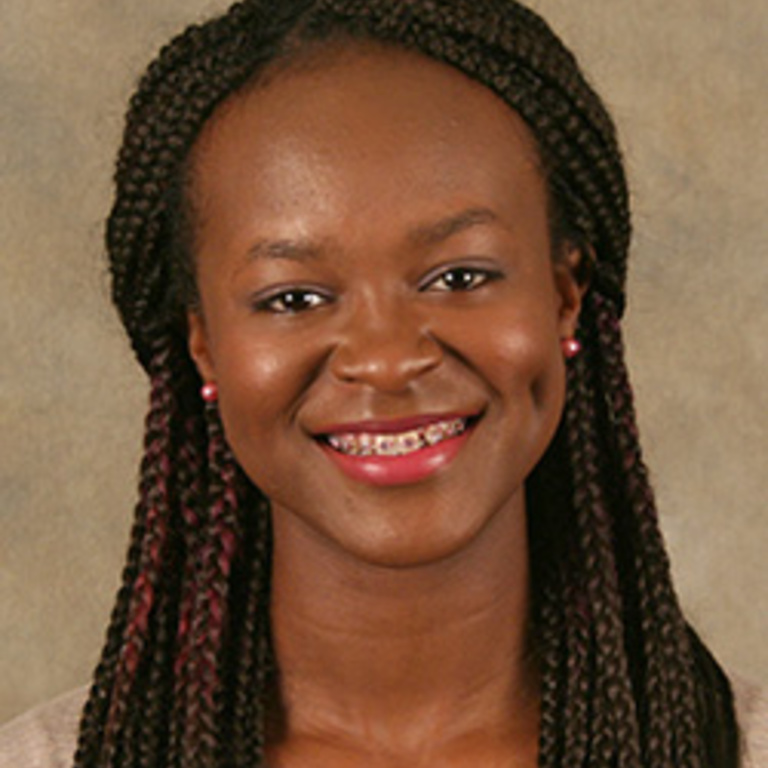Alexus Williams
Given that Iowa is a predominantly White state, and is slowly diversifying, how far has it come in allowing African Americans to be equal citizens? This research focuses on social equity in Iowa and how it has changed since the 1800s. Considering Iowa’s critical role in the Underground Railroad, and Iowa colleges and universities being some of the first to admit Black students and allow them to participate in collegiate sports, why has Iowa failed to integrate Blacks fully? To address this question, I read books and articles, conversed with residents, and documented my experience living in Iowa City. From racial profiling to housing segregation, African Americans experience harsh adjustments when they come to Iowa in search of better economic opportunities. African Americans currently make up about 3.3% of Iowa’s total population. But they comprise almost one-third of the prison population, while 35.7% of African American families live in poverty. Black Iowans are almost ten times more likely to be arrested than Whites, and their median income is only $32,078 in comparison to the state’s median income of $66,684. The persistent disparities between White and Black Iowans demonstrate that Iowa still has a long way to go to achieve full racial equity.
